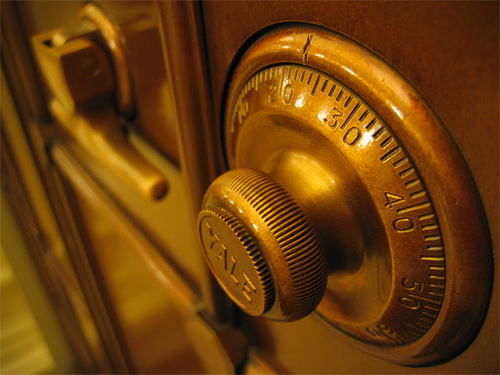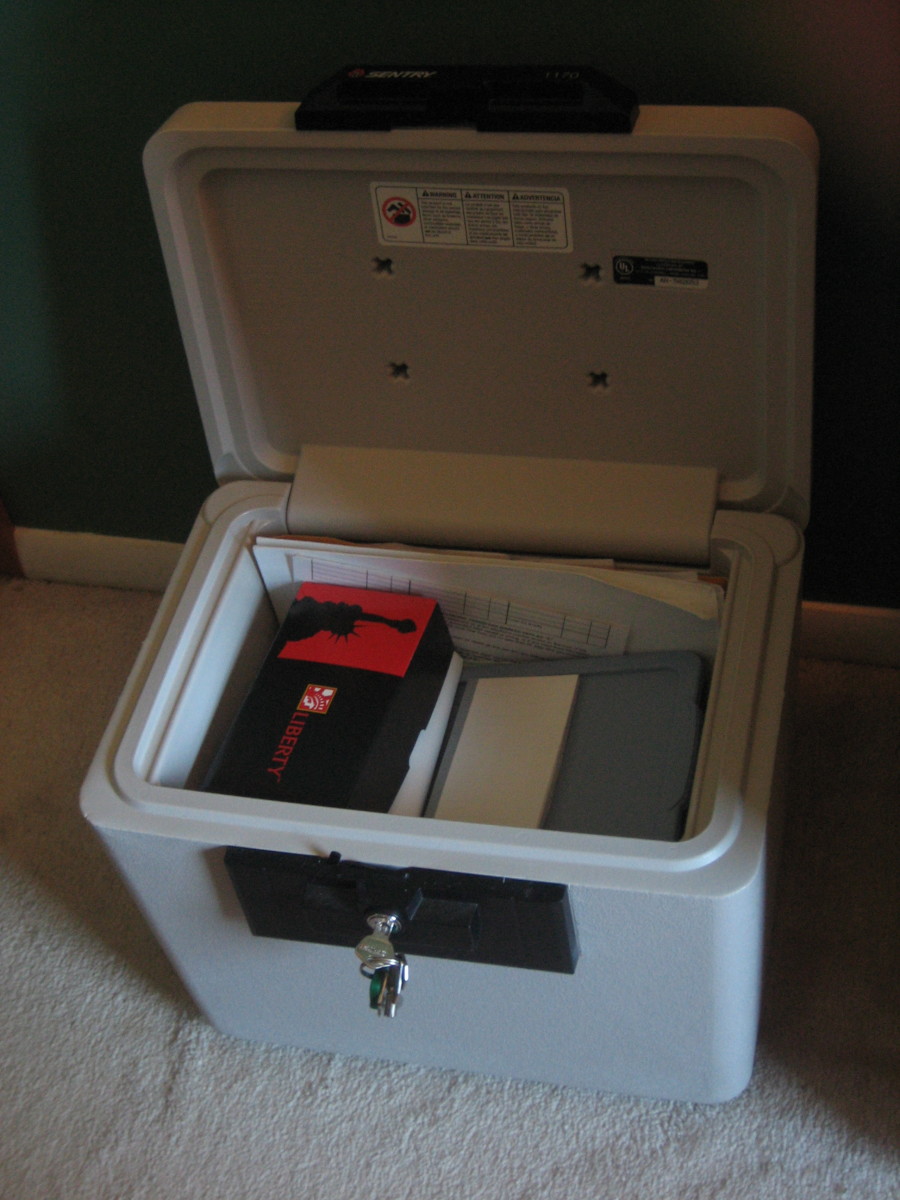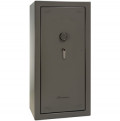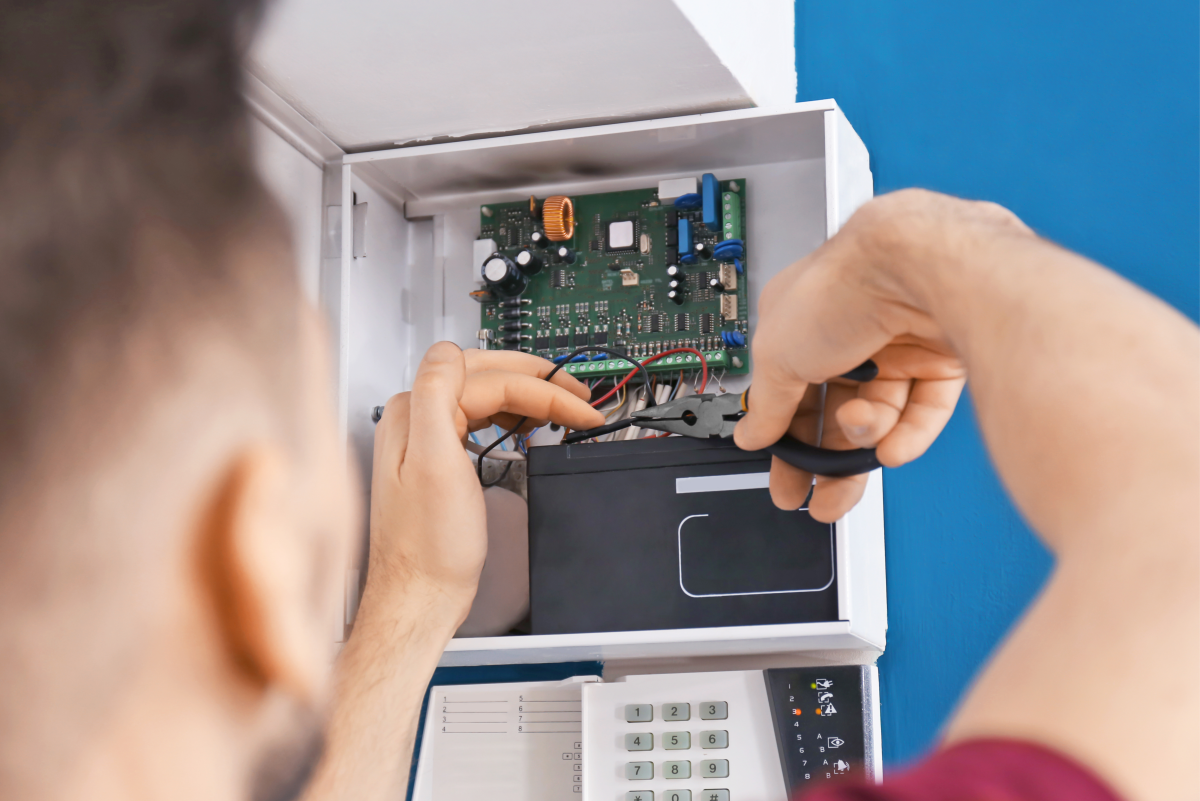Types of Safe Locks
Safe Lock Basics
A
safe’s primary function is common knowledge - it’s a container designed to keep your valuables secure. But do yo know all that goes into
making them secure? They’re far more complex than most people give them
credit. Quality and thickness of steel, mounting assembly, flood and
fire protection; these are just a few characteristics that play a large
role in determining a unit’s overall effectiveness, but perhaps the most
important features are safe locks.
First
of all, it goes without saying (even though I’m saying it now), that a
safe would essentially be useless without a lock. The locks were
talking about, however, aren’t the same ones you used to use to lock up
your bike at by the soda shop. The unit keeping a two ton jewelry safe
secure is going to have a little more bang. We’re talking about systems
with multiple levers, relockers, notched tumblers, gamma ray
resistance. even locks constructed to protect against explosions. These
are the kind of models you want guarding your goods.
The
characteristics above may sound like something out of a Hollywood heist
movie, but they’re actually pretty easy to find. Underwriters
Laboratories (UL) is an international mega company that specializes in
testing products. They test everything from alarm clocks to
internal-combustion engines, and if a product you’re using is
brandishing the UL mark of approval, you can almost guarantee it will
perform as advertised. Their endorsement on security products is no
exception. Here’s an article that provides an extremely detailed look
at UL’s safe and lock rating system.
Obviously,
the dependability of the lock, as we covered, is a huge factor, but
nearly as important is the type of lock itself, particularly if this is
going to be a unit that you’ll be accessing frequently. With the
exception of keyed entry locks, which can be found primarily on smaller
units, there are three secure ways to access a safe; combination,
electronic, and biometric safe locks.
Combination Safe Lock

Types of Safe Locks
Combination locks:
Combination safe locks are an old, trusted and tested design, which have
been around for well over a century. In fact, some of the first
combination locks in use are still functioning today. They’re
incredibly reliable, and virtually maintenance free. If you own a safe
secured by one of these mechanical dial units, all you generally need in
terms of maintenance is to have a locksmith come and run routine
maintenance on it every five years. Keep it up, and it will last
you forever.
The
downside of this type is that gaining access is incredibly slow,
changing the combination can be very difficult for a novice (a certified locksmith is
often required to complete the task), and it lacks many extra security
and convenience features boasted by the subsequent models (we’ll cover
these in a moment). That said, combination locks still remain my
favorite, as I’m a simple man who enjoys a maintenance-free lifestyle.
Electronic Locks: Electronic
locks are quickly becoming the most popular breed of safe locks.
Access is granted by entering the correct combination (usually six
numbers) on a keypad, making this class far more convenient than the
relatively slow and clumsy operation of the aforementioned mechanical
lock. On many customizable models, the keypad doesn’t even have to be on
the safe itself. The S&G 6120, for instance, can be parked up to
10 feet from the safe. In addition to enabling significantly quicker
and convenient access, electronic locks, particularly higher end models,
can be very feature-rich.
One
feature found amongst the majority of them are configurable user modes,
allowing you and several others to each have unique own codes - usually
administered using a master code. This is an ideal option in a retail
or office environment. Electronic locks can also feature lockout
thresholds, time locking, duress mode, which will open the safe and page
the local police if entered (for use during a hold up). As mentioned,
electronic locks can be synced up with alarm systems, motion sensors,
and even integrated with surveillance cameras.
The
downside to electronic locks is maintenance, though this is
progressively changing for the better. Electronic locks usually run on 9
volt batteries, which in a typical household setting will need to be
changed about once every year - not too bad, really. It’s strongly
recommended, however, that the combination be changed on at least a
monthly basis - especially when used frequently. Over time, punching in
the same combination can leave marks on the keypads, revealing the
numbers used. You generally don’t want to give a burglar those kind of
hints.
Aside
from changing the batteries and codes, electronic locks occasionally
encounter other problems - they are after all, electronic. Corrosion
and short circuits can often warrant a replacement or a visit from a
locksmith, but again, the reliability of these units improves on nearly a
monthly basis.
Biometric Locks: As
far as safes go, biometric locks refer to systems which grant access
when a finger is swiped on the scanner matching the pattern stored
in the system. Fingerprint reading technology sounds complicated - it
is. It’s also very cool, and convenient. Biometric locks are extremely
popular for use on personal handgun safes, where the owner can get to
his pistol in under a second simply by swiping his finger. Full size
gun safes also employ this technology, making entry enabling even
quicker than the electronic keypad.
In
addition to speed, fingerprint scanners also provide for
redundant security. The S&G Z03 system, for instance, can
optionally combine both
electronic keypad entry, as well as a fingerprint recognition. This kind of
integration allows for incredible levels of security. As in the case of
electronic locks, biometric scanners usually allow user modes as well.
Some models can store up to 50 fingerprints at a time, allowing a
family of five to scan in each of their fingers (just in case you
couldn’t do the math).
The
downside to biometric locks is that while near perfection, they still
aren’t perfect. Though it’s not easy, they can be spoofed. This became
very evident in Mythbusters
when Adam and Jamie fooled a scanner with a photocopy of the correct
print. That’s what’s known as false acceptance. On the other hand,
fingerprint safes can also produce false rejection, which occurs when an
authorized user is mistakenly denied.
Biometric
technology is very fascinating, and offers amazing potential, and while
it’s great when used in combination with another form of entry (ie - a
keypad), at this point, I wouldn’t trust it to guard my most expensive
belongings on its own.
For more detailed information, be sure to check out the following article on safe locks.








